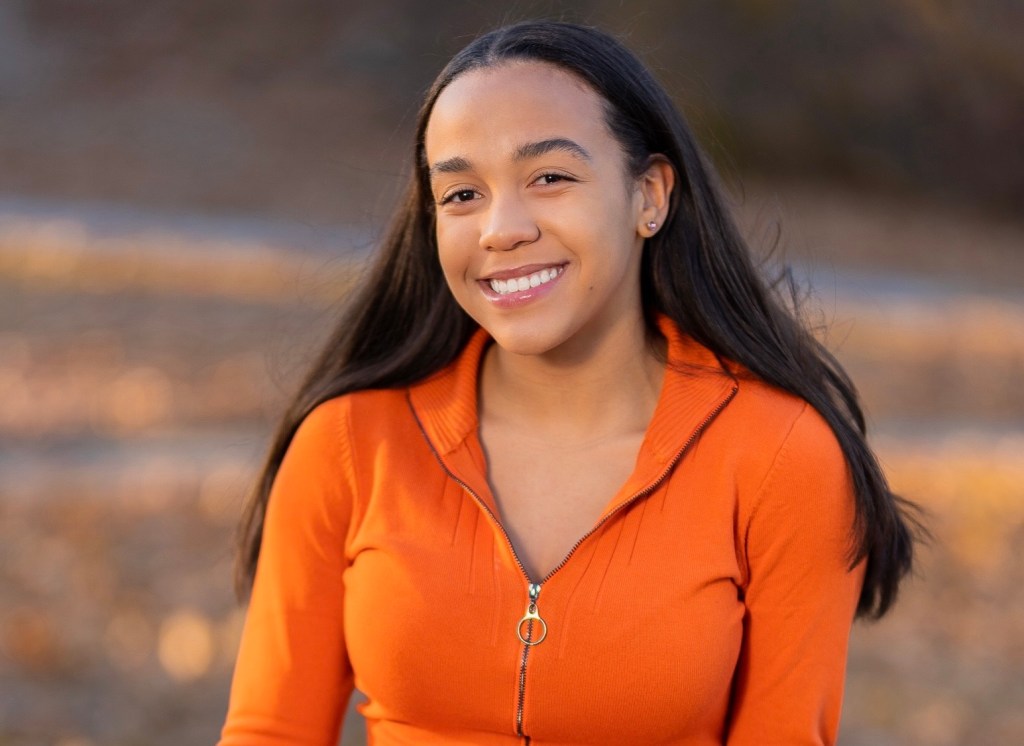By Ashley Battiata, VI Form
How serious is air pollution in worsening the effects and spread of COVID-19?
Student Note: For the final two weeks of Remote Learning in Advanced Environmental Science, I chose to learn more about COVID-19. The prompt was broad; therefore, I specifically focused on how air pollution and COVID-19 are related. For example, does air pollution spread COVID-19 faster, and does it worsen the effects of the pandemic? Or do these two environmental problems not impact each other at all? While researching, I expanded into another topic that most people weren’t talking about: how both air pollution and COVID-19 are affecting a specific demographic.
A very specific type of air pollution called fine particulate matter or (PM2.5) is associated with an increased risk of COVID-19 in the United States. PM2.5 is associated with burning things, such as coal in a power plant or gasoline in one’s car. It is dangerous because of how microscopic the matter is, specifically 2.5 micrometers in diameter, which gets into the lungs and bloodstream and causes damage to our health.The smaller the matter is in diameter, the easier it is to penetrate into the lungs and bloodstream and to get past airways designed to cough out irritants. This leads to future problems such as asthma, heart attacks, and other chronic diseases. According to a Harvard study, an increase of only “1 μg/m3 in PM2.5 is associated with a 15% increase in the COVID-19 mortality rate,” which proves that there is a relationship between exposure to air pollution and COVID-19 mortality rates.
This same study, Wu et al. 2020, used data from 3,080 counties in the US to visualize spatial variation of exposure to PM2.5 and COVID 19 deaths while also analyzing mortality rate ratios. The figures showed that a high exposure to PM2.5 will correlate to higher death rates, and there was an even stronger correlation to cities with higher population density. In Table 2 of this study, one can see that certain characteristics can impact vulnerability such as race, household income, age, and poverty level.
Other data and research does show that black and hispanic people and those from low income communities are more vulnerable to COVID-19 due to factors such as high density housing, lower access to healthcare, and location. Black communities are 54% more likely to be near refineries or factories emitting harmful pollutants. For example, in Manhattan five out of seven bus stops are located in predominantly black and hispanic neighborhoods. Most people who wish to open the window to “get some air” cannot do so, otherwise they are directly letting in the pollutants from these factories and buses into their homes and directly inhaling it. In Figure 1, data clearly shows that the number of African Americans and hisanic people who have been affected and have died from this pandemic is greater than the number of white people. This further illustrates that the wealthy and powerful people are not equally affected by environmental degradation. History shows the ways in which white people moved out of their original neighborhoods and further into the suburbs once black people began moving in. People then began constructing a working society around these neighborhoods leaving them closer to the factories and refineries.

One study tested the “Disparities in Distribution of Particulate Matter Emission Sources by Race and Poverty Status.” They found that for PM2.5 those in poverty had “1.35 times higher burden than did the overall population, and non whites had 1.28 times higher burden. Black individuals, specifically, had 1.54 times higher burden than the overall population.” With that said, it has become obvious that air pollution in conjunction with COVID-19 is increasing death rates for people of color.

Ashley Battiata is a VI form boarding student from Lawrence, Massachusetts. Her favorite subjects are biology and mathematics, and she enjoys running cross country, coxing crew, and immersing herself in as many leadership opportunities as she can.
Primary Source:
Secondary Sources:
- https://www.cnn.com/2020/04/13/opinions/covid-19-climate-change-air-pollution-sutter/index.html
- https://undark.org/2020/04/16/air-pollution-covid-19/
- https://ajph.aphapublications.org/doi/abs/10.2105/AJPH.2017.304297?journalCode=ajph
- https://www.nrdc.org/experts/vijay-limaye/polluted-air-makes-coronavirus-even-deadlier
- https://projects.iq.harvard.edu/covid-pm


